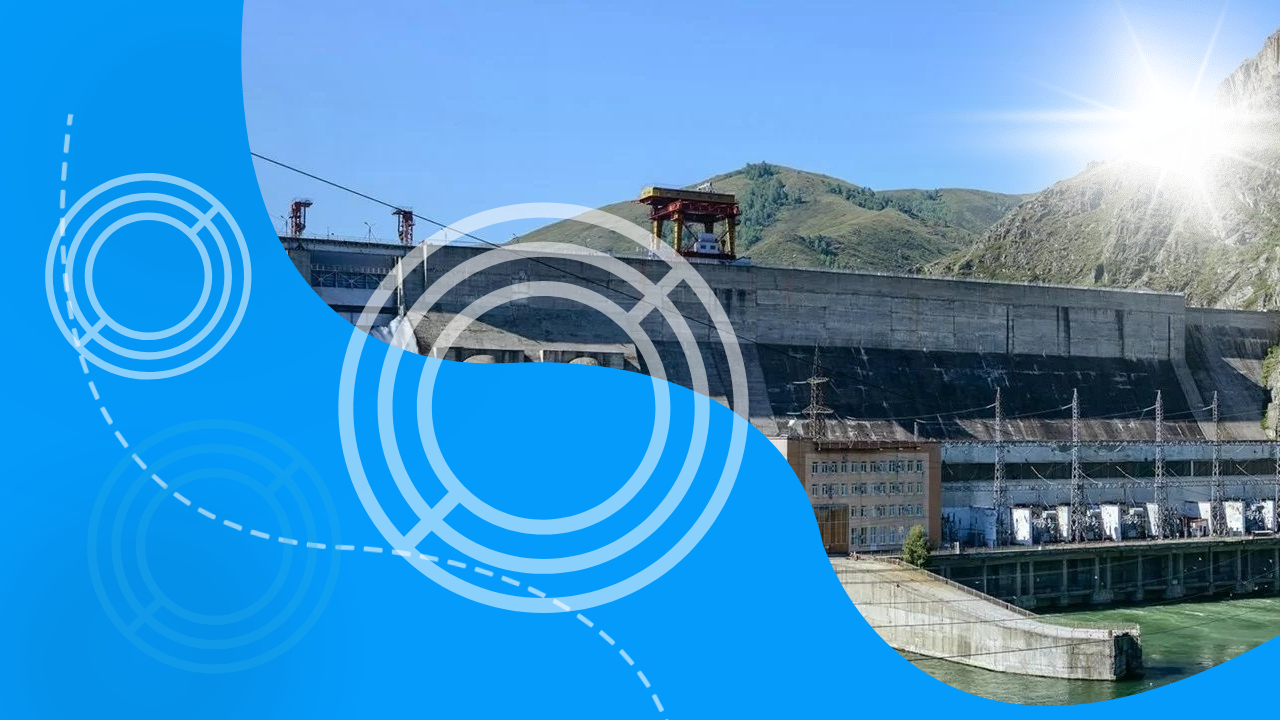Cornish Metals expresses satisfaction with the Preliminary Economic Assessment (PEA) conducted independently for the South Crofty tin project in Cornwall, heralding promising financial prospects. The base case after-tax Net Present Value (NPV) of US$201 million and an Internal Rate of Return (IRR) of 29.8% validate the project’s potential to operate as a cost-effective mine, according to Cornish Metals. Projected estimates, based on a 14-year life of mine (LOM) and a tin price of US$31,000 per tonne, foresee South Crofty yielding a clean, high-grade tin concentrate. With the PEA indicating a payback of upfront capital expenditure within three years and a projected total revenue of US$626 million over the project’s lifespan, Cornish Metals underscores the financial viability of South Crofty. The forecasted all-in sustaining cash cost (AISC) of US$13,661 per tonne positions South Crofty as a competitive player in the tin production market, notes Cornish Metals. Over the 14-year LOM, the project anticipates producing 49,310 tonnes of tin metal in concentrate, maintaining an average annual tin production exceeding 4,700 tonnes for years 2 through 6, with a peak of over 5,000 tonnes in year four. Owen Mihalop, the chief operating officer, highlights the NPV as a robust starting point for further project evaluation, signaling Cornish Metals’ progression towards a construction decision and targeted first tin production in 2027. Ken Armstrong, interim chief executive, emphasizes the significance of the PEA as a pivotal step towards responsible tin mining revitalization in Cornwall and the UK, underscoring South Crofty’s strategic advantages in terms of existing permits and infrastructure.
Source and Credit: proactiveinvestors.co.uk

